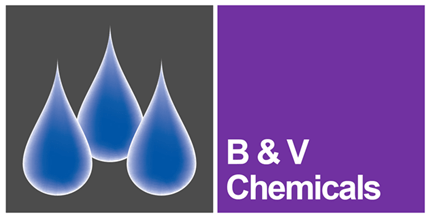The water we use to operate steam boilers and to fill closed systems contain oxygen. It is present in the incoming water as dissolved oxygen, and if left uncontrolled will lead to corrosion, possible failure of parts, excess maintenance costs and downtime of equipment.
In these boiler systems, we can remove the oxygen by chemicals via the addition of an “oxygen scavenger” or by mechanical means. In this blog post, we will be focusing on the chemical methods.
Types of oxygen scavengers
The main chemical oxygen scavengers used are shown in the table below:
|
Component |
Summary of Action |
|
Sulphites (sodium sulphite, sodium bisulphite, sodium metabisulphite or the equivalent potassium salts) |
|
|
Tannin |
|
|
Sodium erythorbate |
|
|
Hydrazine/carbohydrazine |
|
|
DEHA (N, N-diethylhydroxylamine) |
|
The most widely used material for oxygen scavenging in water treatment is sodium sulphite. It is the least expensive and most active product for low to medium pressure boilers - the category that the majority of boilers in the UK fall in to. Sodium sulphite is usually supplied as a catalysed product. The catalyst, typically cobalt, enhances the reactivity of the product, especially at lower temperatures and pressures.
The reaction between sodium sulphite and oxygen produces solids which contribute to the boiler total dissolved solids (TDS). this does mean that more water is lost to blowdown than when using a low solids oxygen scavenger, such as Tannin, DEHA (diethylhydroxylamine) or Carbohydrazide.
Using oxygen scavengers
An important factor to consider in the use of an oxygen scavenger would be the dissolved oxygen content within the system make up water. In steam boilers, the feedwater is the make up water. The temperature of the feedwater will influence heavily the selection of the oxygen scavenger as well as the dose rate for the selected product.
The graph below indicates the oxygen content of feedwater up to 120°C. Ideally the feedwater temperature would be around 85°C. Higher is better to a point, and depends on whether the boiler/feedwater set up can tolerate higher feedwater temperatures. At 90-100°C there is potential for problems with cavitation of feedwater pumps.

If the desired temperatures cannot be achieved then consideration should be given to an oxygen scavenger that it less temperature dependent, such as Tannin. Tannin is more suited to systems operating with lower feedwater temperatures.
Sodium sulphite and Tannin would suit a large proportion of boilers in the UK, it is however important to understand the system being treated so that product selection is optimal for the application.
If you want to find out more about using oxygen scavengers in steam boilers please get in touch with our technical team.


.jpg)


